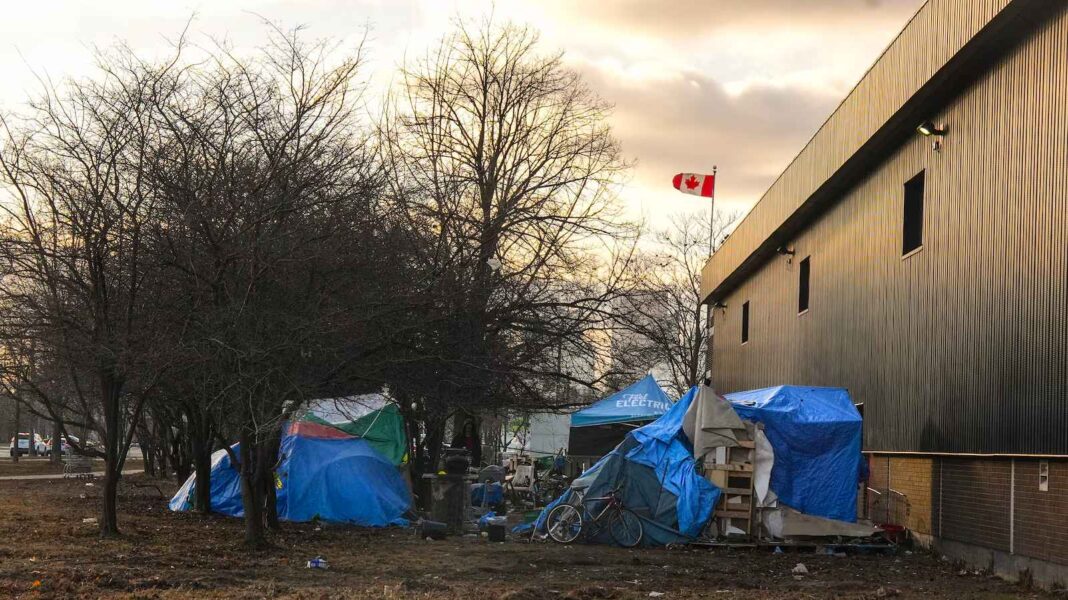As Canada’s unhoused population continues to rise, shelter groups say they are seeing more and more seniors accessing their supports.
About 27 per cent of Canadians who are experiencing homelessness are over the age of 50 and four per cent are older than 65, according to point-in-time (PIT) counts conducted between 2020 and 2022.
The Mustard Seed operates shelters in Saskatchewan, Alberta and B.C. In some cases, the number of older adults seeking their services has more than doubled in the last year, according to CEO James Gardiner.
“We are seeing a trend of increased seniors in our shelter population,” he said.
“It is a general trend and in some cases it’s one of the fastest growing trends.”
In 2023, 12 per cent of their shelter beds in Red Deer were occupied by people aged 55 and older. In 2024, the number of seniors increased to 29 per cent, Gardiner said. Seniors make up a similar percentage in the group’s Calgary women’s shelter where more than a quarter of the people are older than 55.
“There are just a lot more pressures when people get older, when they are on fixed income and they have higher medical needs,” Gardiner said.
Those pressures coupled with the rising cost of living and rent can be reasons seniors experience homelessness. The death of a spouse and loss of second income can also be a factor. According to Gardiner, these pressures make it harder for seniors to find permanent housing once they enter the shelter system, which is why they typically stay longer.
Inside Saskatoon’s Salvation Army Crossroads Shelter, a small fraction of their 75 beds are filled with seniors, according to executive director Gordon Taylor. However, he still has concerns when seniors walk through the door.
“That’s not where any of us want to be at that stage in life, right? There should be some better plan or system where you don’t end up there,” Taylor said.
About 50 per cent of unhoused seniors experience homelessness for the first time after the age of 55, according to Joe Humphries, the lead project coordinator for the research project Aging in the Right Place. He says these seniors enter shelters with very unique needs.
“Services that are available are more designed for people who have been entrenched in homelessness and perhaps have mental health issues or substance use issues. But many older adults don’t have those needs,” he said.
“Their needs are more around mobility and maintaining health and being able to use their walker or wheelchair.”
Those who have experienced chronic homelessness throughout their lives are also aging, which contributes to the increase in unhoused seniors, according to Humphries. This cohort has its own set of challenges, he said.
“With older people, what we find is that when somebody experiences homelessness they go through something called accelerated aging. This is because of the stressors – physical, emotional and mental – of experiencing homelessness,” he explained, adding that someone who is 50 years old could appear to be 65 or older.
Humphries’ current research is looking at best practices for shelters and senior housing across the country to try to develop solutions to support unhoused seniors.


